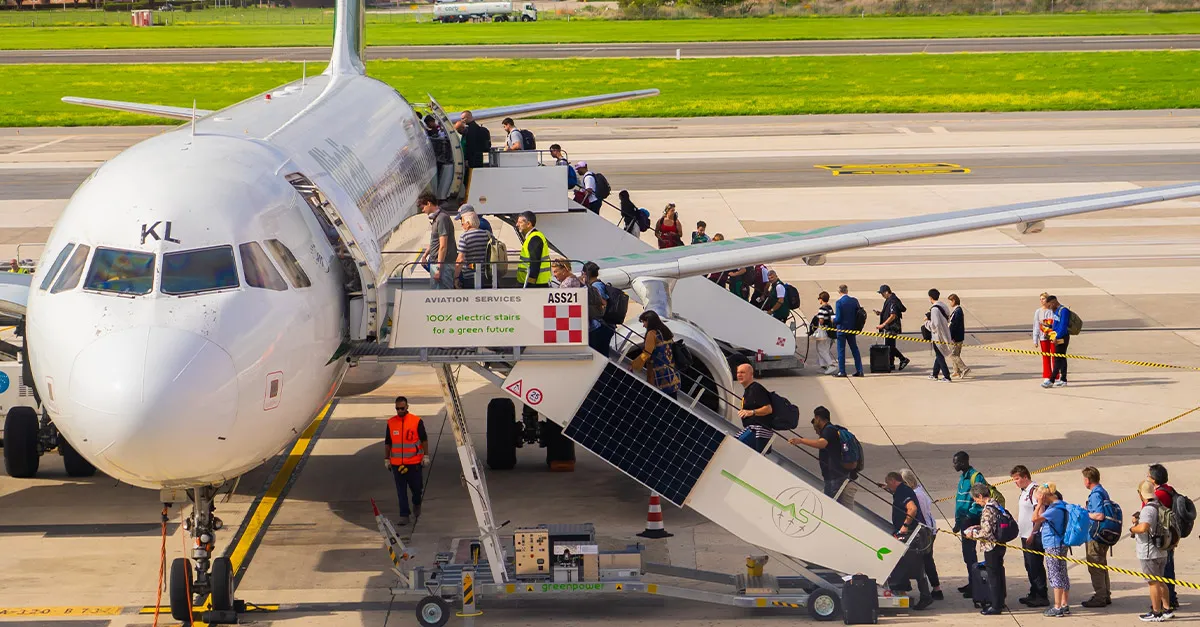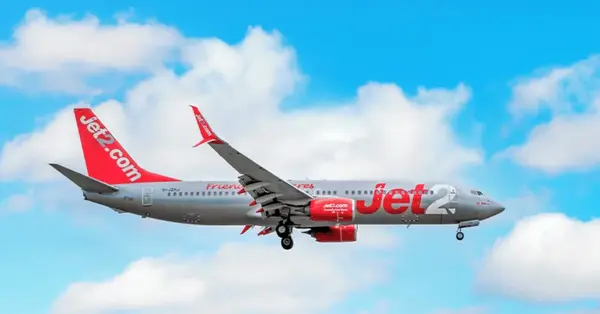You are viewing 1 of your 2 free articles
Global air travel costs ‘cut by 40% in nine years’ as ancillary revenues soar
Optional add-ons offered to sustain lower base fares have helped cut the total cost of air travel by roughly 40% since 2016, according to new research.
Ancillary revenues from passingers paying extra for items such as baggage, seat selection and onboard food are projected to generate $157 billion this year, up from $148.4 billion in 2024 and “dramatically higher” than $67.4 billion almost a decade ago.
IdeaWorksCompany, a global consultancy on airline ancillary revenue, attributed the figure more than doubling due to steady passenger growth and the widespread adoption of basic economy fares by carriers around the world.
Ancillary revenue now accounts for 15.7% of total airline revenue, up from 9.1% in 2016. This share ranges from 3.2% to as high as 62% among individual airlines.
Meanwhile, the average global airfare has steadily decreased over the past decade.
The average one-way base fare in 2016 was $294, with an additional $16 in ancillary fees, for a total of $310 (inflation adjusted).
Iata estimates place the average base fare at $166.38, with an IdeaWorks figure of $21.21 in optional extras, for a total of $187.59.
This represents a 40% drop in the total cost of air travel for consumers over nine years, even as ancillary revenue has increased, US-based IdeaWorks noted.
Basic economy fares were first introduced by low-cost carriers more than a decade ago as a way to attract price-sensitive travellers.
These fares offered rock-bottom prices with the option for passengers to add choices such as baggage, extra legroom seating, and meals.
Major US carriers, including American Airlines, Delta Air Lines, and United Airlines, later adopted the model, integrating basic economy as a service tier within their existing operations.
“This innovation proved more successful than earlier attempts by traditional airlines to launch separate low-fare subsidiaries,” IdeaWorks said.
“The shift was further accelerated by the decline in business travel during the pandemic, which created a surplus of available seats. Seeing the success of US majors, airlines across the globe followed suit.”
Company president and author of the analysis Jay Sorensen said: “While about 45% of travellers purchase only the base fare, more than 50% opt for add-ons such as baggage, assigned seating and inflight services.
“This dynamic allows airlines to sustain lower base fares while providing travellers with greater choice and flexibility, producing a win for consumers, and a win for airlines.”


















